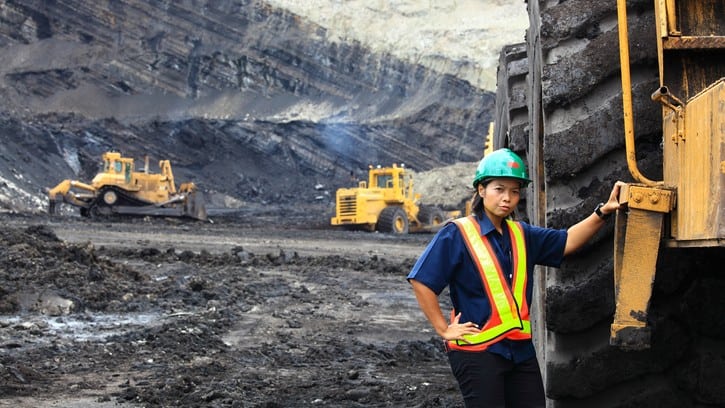The ASX iron ore share sector may be facing a difficult FY25 with the latest prediction from leading broker Citi.
As price-takers, the commodity businesses of Fortescue Ltd (ASX: FMG), Rio Tinto Ltd (ASX: RIO) and BHP Group Ltd (ASX: BHP) are highly dependent on the iron ore price for the level of profitability they achieve.
Mining costs don't typically change much month to month, so a higher commodity price means that extra revenue for its production largely translates into additional net profit as well. But, the opposite can be the case when the commodity price goes down.
So, where is the iron ore price headed? Let's look at what Citi thinks.
Negative view on the iron ore price
According to the reporting by the Australian Financial Review, Citi's analysts have reduced their three-month price target for the iron ore price from US$120 per tonne to US$105 per tonne because of the weakening credit market in China (which is a key buyer of Australian iron ore).
Trading Economics reports that the iron ore price is US$116 per tonne at the moment.
Citi said:
We see the weaker credit demand combined with protracted property sector weakness to remain a major overhang on Chinese steel and iron ore consumption.
Weak consumer confidence and profound structural changes in the property sector has led to insufficient credit demand.
We see downside risks for iron ore heading into summer and recommend investors to fade the iron ore rally.
Silver lining
However, not everyone is so pessimistic about the iron ore price, which could be helpful for the ASX iron ore share. Morgan Stanley thinks iron could reach US$125 per tonne by the end of 2024. The broker's Amy Gower thinks investors should keep in mind that Chinese steel is being utilised in a number of emerging markets, not just in China. Gower said:
Chinese steel production has been trending sideways for much of the last three years, yet iron ore has continued to trade around $US120 per tonne – well above where consensus estimated it would be.
We see things differently…China's falling consumption of iron ore for its own steel use since 2022 is being offset by growing demand in India, other [parts of] Asia, and the Middle East.
India, South-East Asia, Africa and the Middle East, are all expanding. Even if China's exports did fall, steel production elsewhere would have to fill the gap, which diverts iron ore supply away from China.
Those three regions have reportedly increased their steel imports by up to 25% since last year.
Coincidentally, Trading Economics said recent data showed that Chinese steel export volumes surged by nearly 30% for the second straight month in April, underpinning demand for iron ore input.
It will be fascinating to see what happens for ASX iron ore shares.







